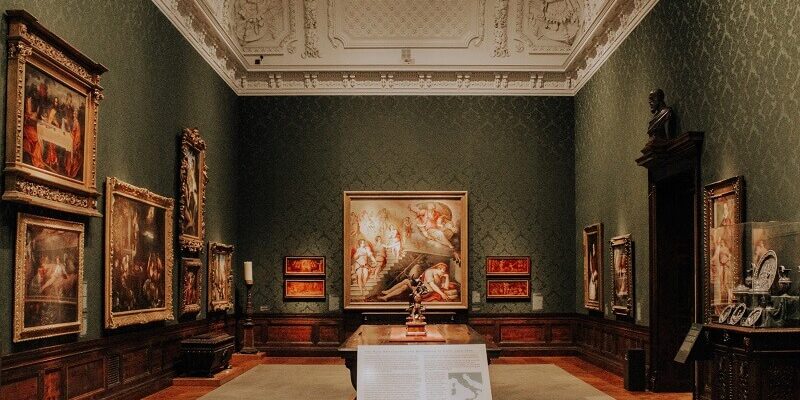
Exploring Modern Art Movements
Modern art movements have revolutionized the way we perceive and create art, pushing boundaries, challenging conventions, and reflecting the ever-changing world around us. From Impressionism to Abstract Expressionism, each movement has its own unique characteristics, techniques, and philosophies. In this article, we’ll delve into the world of modern art movements and explore their impact on the art world and society at large.
Impressionism: Capturing Moments
Impressionism emerged in the late 19th century and is characterized by its emphasis on capturing fleeting moments and the play of light and color. Artists like Claude Monet, Edgar Degas, and Pierre-Auguste Renoir sought to depict scenes from everyday life with loose brushwork and a focus on atmospheric effects. Impressionist paintings often feature landscapes, cityscapes, and scenes of leisure, inviting viewers to experience the sensory richness of the moment.
Cubism: Breaking Down Reality
Cubism, pioneered by artists Pablo Picasso and Georges Braque in the early 20th century, shattered traditional notions of perspective and representation. Inspired by the fragmentation of form and multiple viewpoints, Cubist artists depicted objects from multiple angles, breaking them down into geometric shapes and interlocking planes. This revolutionary approach to art challenged viewers to question their perceptions of reality and space, paving the way for abstract art movements to come.
Surrealism: Unleashing the Subconscious
Surrealism emerged in the 1920s as a response to the horrors of World War I and the rise of psychoanalysis. Led by artists like Salvador Dalí, René Magritte, and Max Ernst, Surrealism sought to explore the realm of dreams, the subconscious, and the irrational. Surrealist art often features dreamlike imagery, unexpected juxtapositions, and symbolic motifs, inviting viewers to delve into the depths of the human psyche and explore the mysteries of the unconscious mind.
Abstract Expressionism: Embracing Gesture and Emotion
Abstract Expressionism emerged in post-World War II America and is characterized by its emphasis on spontaneous, gestural brushwork and the expression of emotion. Artists like Jackson Pollock, Willem de Kooning, and Mark Rothko rejected representational forms in favor of pure abstraction, creating large-scale canvases that emphasized the act of painting itself. Abstract Expressionist works are often visceral, emotive, and deeply personal, inviting viewers to experience a direct, unfiltered connection to the artist’s inner world.
Pop Art: Celebrating Mass Culture
Pop Art emerged in the 1950s and 1960s as a response to the rise of consumerism and mass media. Led by artists like Andy Warhol, Roy Lichtenstein, and Claes Oldenburg, Pop Art celebrated everyday objects, celebrities, and consumer culture through bold colors, graphic imagery, and appropriation of popular icons. Pop Art challenged traditional notions of high and low culture, blurring the lines between art and commerce, and inviting viewers to reconsider the meaning and value of the objects and images that surround them.
In conclusion, modern art movements have played a pivotal role in shaping the course of art history and challenging the way we perceive and create art. From the Impressionists’ emphasis on capturing fleeting moments to the Abstract Expressionists’ exploration of gesture and emotion, each movement has left an indelible mark on the art world and continues to inspire artists and viewers alike. So whether you’re drawn to the dreamlike imagery of Surrealism or the bold colors of Pop Art, there’s a modern art movement waiting to be explored and appreciated.




